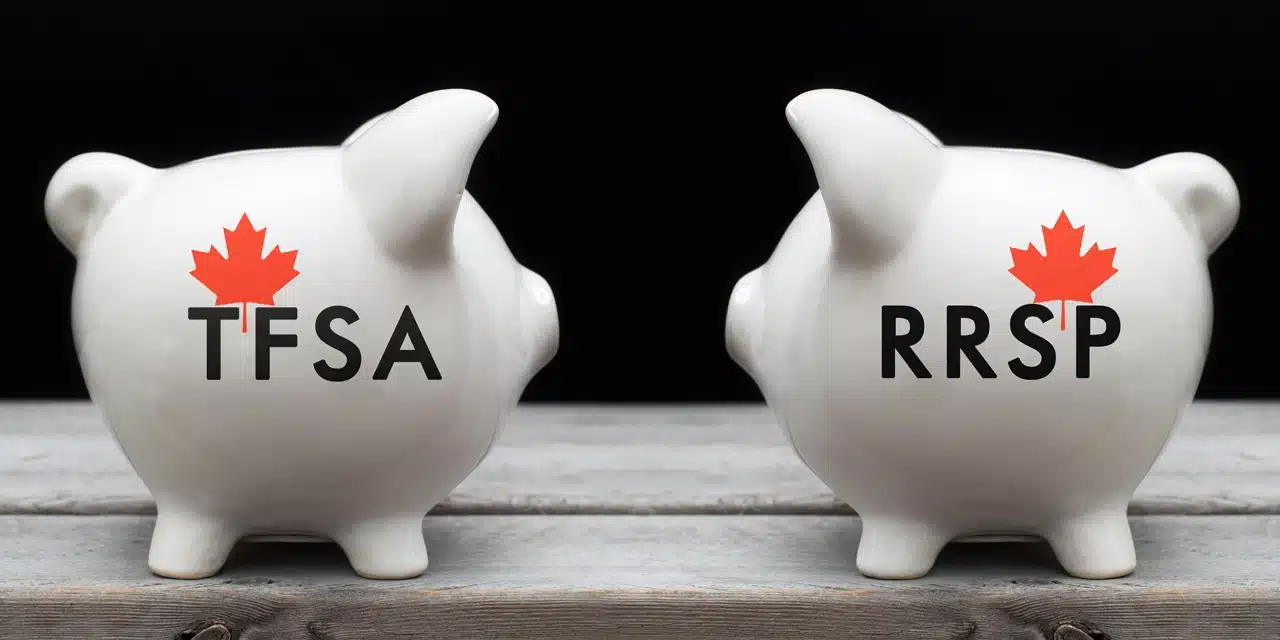Registered Retirement Income Fund (RRIF) payments are calculated based on either your age or the age of your spouse or common-law partner. To maximize the tax-deferral opportunities of your RRIF, you should calculate your annual RRIF payments based on the age of the person who is younger. That’s because this will result in smaller mandatory withdrawals and extend the period of tax-deferral.
If you don’t need the money you receive from your mandatory RRIF payments, you might want to think about reinvesting that money into a Tax-Free Savings Account (TFSA) or a non-registered investment account. As long as there is contribution room (TFSA accounts have maximum contribution limits), contributing to a TFSA account provides tax-free gains on the money you invest in it. Non-registered investment accounts can generate dividend income and capital gain, both of which are tax efficient.
You may also like:
For more on Harvest ETFs click here.
The views and/or opinions expressed in the article are of a general nature and are for informational purposes only. Article contents should not be considered as advice and/or a recommendation to purchase or sell the mentioned securities or used to engage in personal investment strategies. Investors should consult their investment advisor before making any investment decision.












